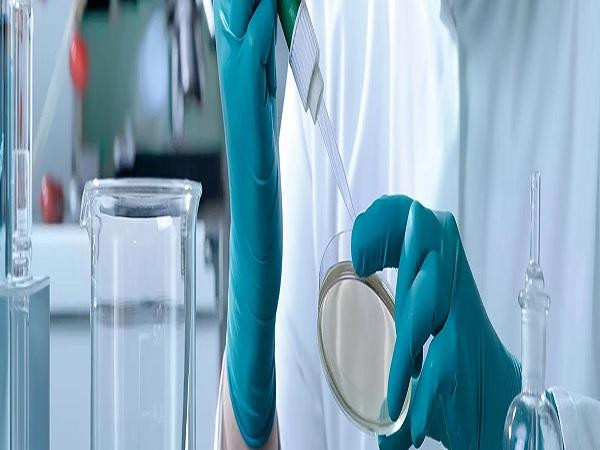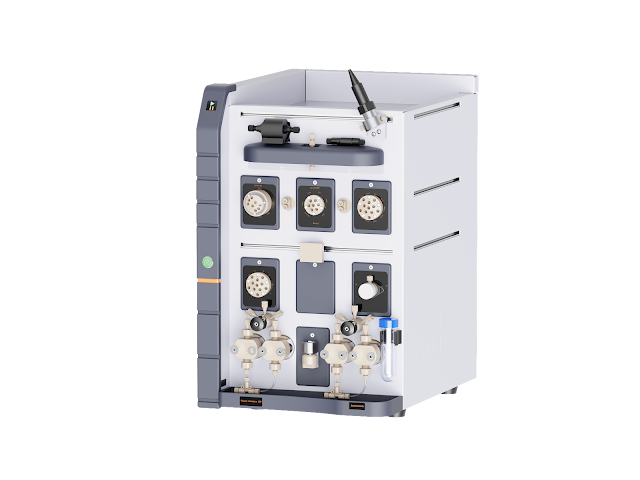Chromatography: Unveiling the Science of Separation
Chromatography is a powerful analytical technique used extensively in laboratories to separate, identify, and quantify components in a mixture. The principle behind chromatography involves the distribution of components between two phases: a stationary phase and a mobile phase. This distribution is based on differences in the affinity of each component for these phases, leading to their separation over time.
There are several types of Chromatography including gas chromatography liquid chromatography thin-layer chromatography and high-performance liquid chromatography. Each type utilizes different mechanisms and apparatus but follows the same fundamental principles.
In Liquid Chromatography the mobile phase is a liquid, which flows through a column packed with the stationary phase. The mixture to be analyzed is injected into this column. As the mobile phase carries the components through the column, each component interacts differently with the stationary phase, causing them to move at different rates. This results in the separation of the components as they elute from the column at different times.

One of the most significant advancements in the field is high-performance liquid chromatography (HPLC). HPLC offers high resolution and sensitivity, making it indispensable in fields like pharmaceuticals, environmental analysis, and biochemistry. It can separate and identify compounds that are present in very low concentrations, providing critical data for quality control and research.
Chromatography's versatility extends beyond just liquid forms. Gas chromatography, for instance, is particularly effective for volatile compounds. By vaporizing the sample and passing it through a column with an inert gas, components are separated based on their boiling points and affinity for the column material. This makes GC highly valuable in forensic science, petrochemical analysis, and food safety testing.
The applications of chromatography are vast and impactful. In pharmaceuticals, it ensures the purity and potency of drugs. Environmental scientists use it to detect pollutants in air, water, and soil. In the food industry, chromatography helps in identifying contaminants and ensuring product safety.
Moreover, chromatography plays a crucial role in biochemical research. It aids in the purification of proteins and nucleic acids, essential for understanding biological processes and developing new therapies.
In summary, chromatography is an indispensable tool in modern science. Its ability to separate, identify, and quantify components in complex mixtures underpins advancements across multiple fields. Techniques like liquid chromatography and its high-performance variant continue to evolve, offering greater precision and expanding the horizons of analytical science.
.jpg)

Comments
Post a Comment